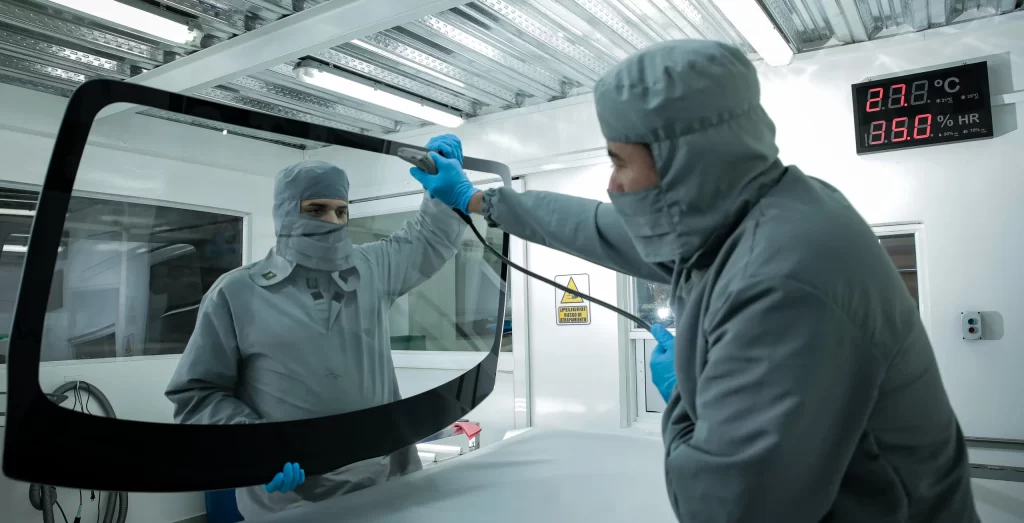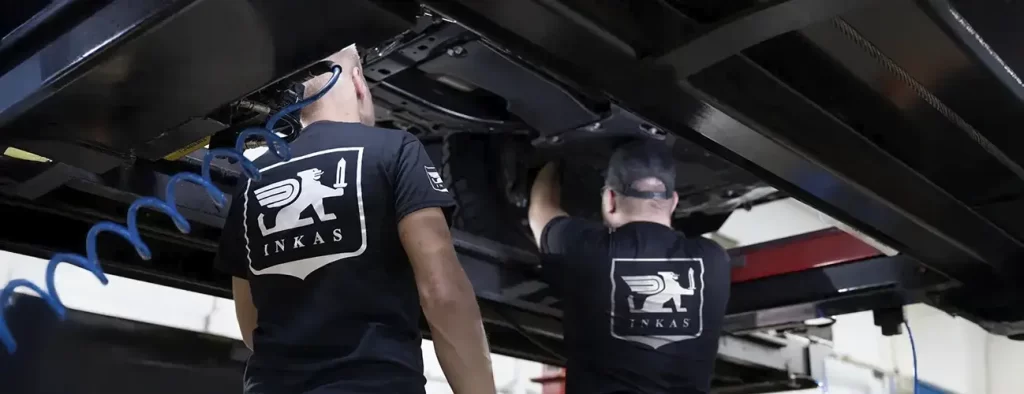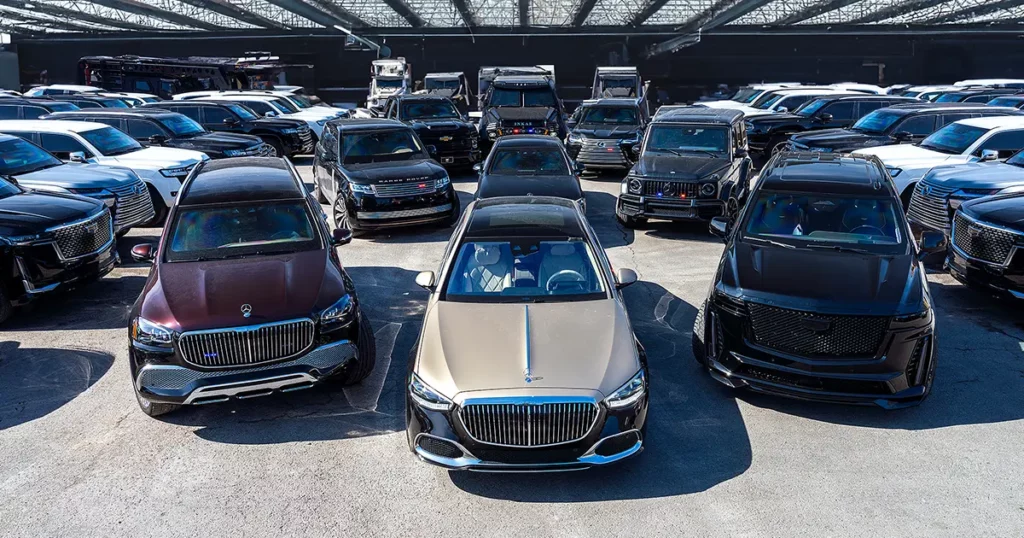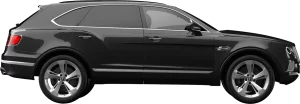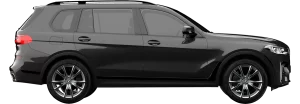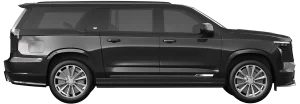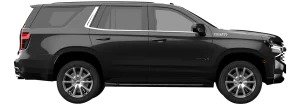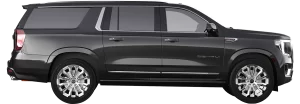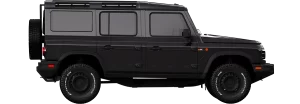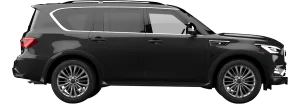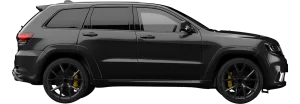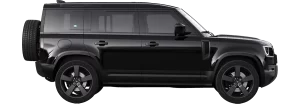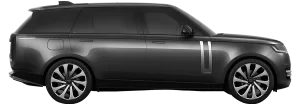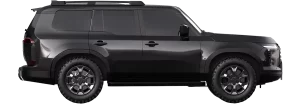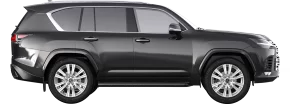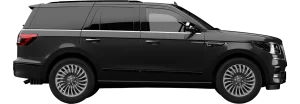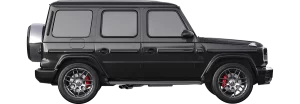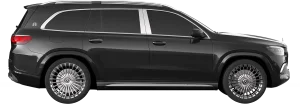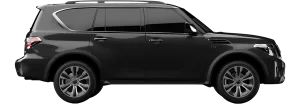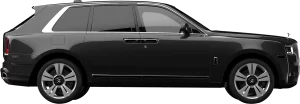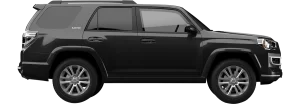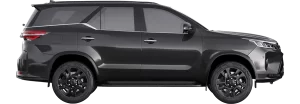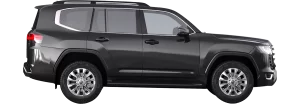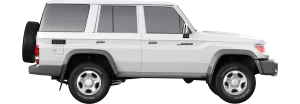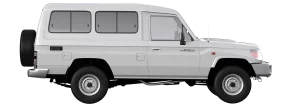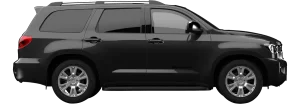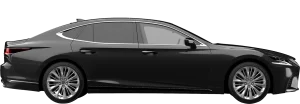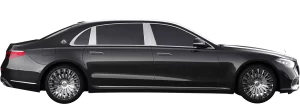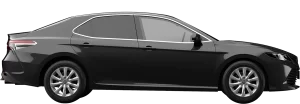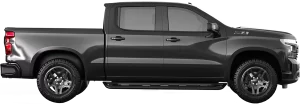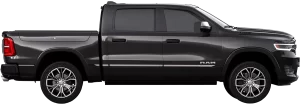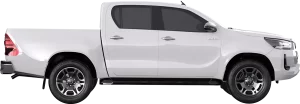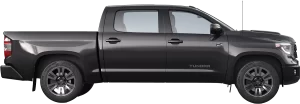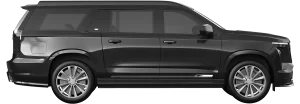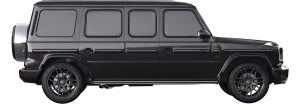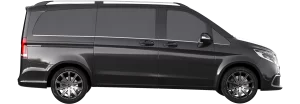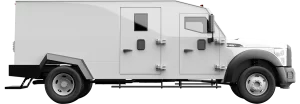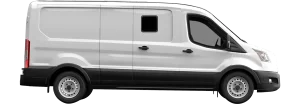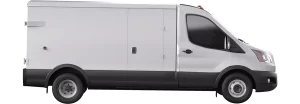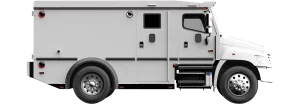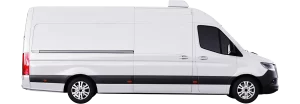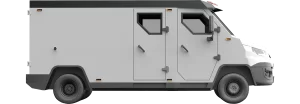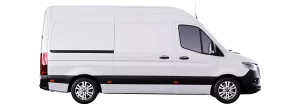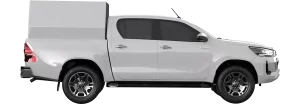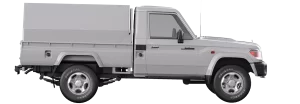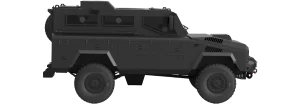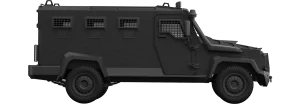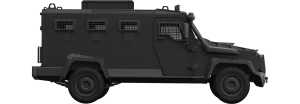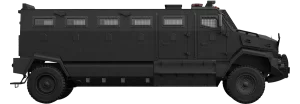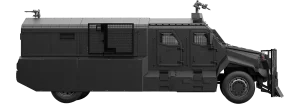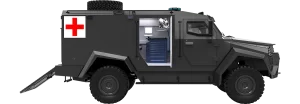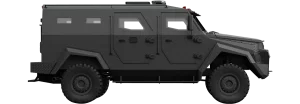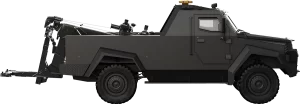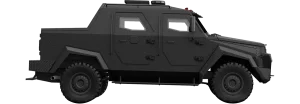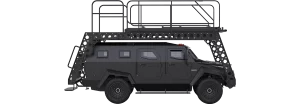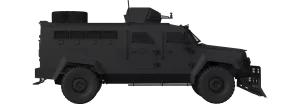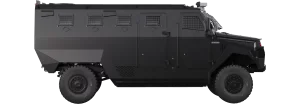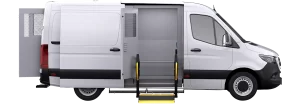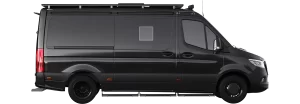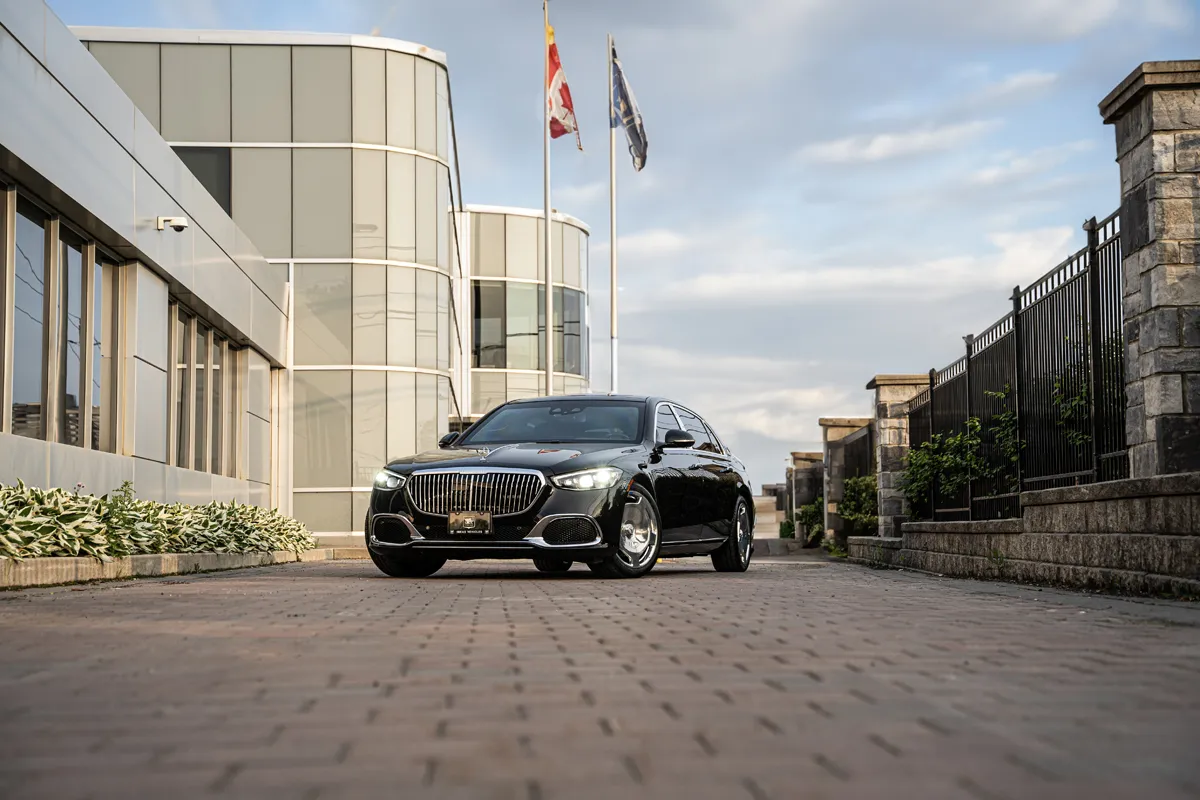While selecting an armored civilian car, it is essential to take a safe and cautious approach. These cars are designed to be practical, beautiful, and protective, especially in dangerous situations. This is why it is essential to understand that protection should be seen in a broader context. There are several other features to focus on when choosing an armored vehicle, whether for personal security, for transportation of VIPs or for different dangerous scenarios. This blog post presents ten factors to look out for in an armored car.
1. Ballistic Glass
Any armored vehicle has to have ballistic glass. They are designed to withstand threats like gun fire, implying that they are armored to meet the Level 3A rating of the NIJ certification or the BR6 rating of the CEN certification for example – that protects against rifle rounds. As compared to normal glass, ballistic glass comprises multiple layers of glass and polycarbonate material laminated in such a way as to allow the transmission of light and, at the same time, afford protection. Make sure your car has a glass cover right from the windshield to every other window if needed. This will offer full coverage while ensuring that sight is not hindered.
2. Reinforced Steel
Another essential component is using strengthened steel of ballistic grade. This steel is used in critical structural places such as the floor, roof, and doors, helping to prevent explosions and gun assaults. Higher-caliber bullets and shrapnel are particularly effectively stopped by reinforced steel panels, forming an almost impenetrable barrier between the inhabitants and any outside dangers. Without unduly adding to the vehicle’s weight, which would impair its speed, the steel should be thick enough to offer significant levels of protection.
3. Kevlar Protection
Kevlar is a light and strong material that can enhance armor capacity without compromising the size of the car. Due to its ability to resist bullets, knives and other weapons, this material is commonly used within military and police forces. Kevlar linings can be used in doors, wheel wells, and other vital locations of armored civilian vehicles to offer a flexible yet robust layer of protection. Because Kevlar is lightweight, the car maintains its fuel economy and mobility, making it a sensible option for daily usage in potentially dangerous situations.
4. Discreet Design
One of the main advantages of a well-designed armored vehicle is its ability to blend in with ordinary traffic. The car may keep its original manufacturer (OEM) appearance with a discrete design that ensures it doesn’t attract unneeded attention. This is an essential feature for people who want to go undercover and be safe. When traveling through cities or going to public gatherings, a car that seems and feels like a regular model is far less likely to be broken into, providing an extra degree of security.
5. All-Around Armor
All-around armor uses ballistic materials to fortify the vehicle’s most susceptible regions, such as the quarter panels, rear cargo areas, and pillars (A, B, and C). This guarantees all-encompassing defense, even in locations that might not appear like prime targets for intruders. These structural sections include ballistic reinforcement to protect inhabitants against dangers, including bombs, gunfire, and other types of assault. Making sure the armor covers the whole vehicle, not just high-risk sections like the doors and windows, is crucial when selecting an armored car.
6. Efficient Performance
A recurring issue with armored vehicles is the possible loss of performance resulting from the additional weight of armor. Modern armored vehicles, on the other hand, are made to continue operating at nearly peak efficiency, even with added protection. Seek cars with enhanced suspension, brakes, and weight-capable tires that deliver a dependable and comfortable ride. A practical armored car will protect occupants without compromising the driving experience by providing the same control, speed, and comfort as its non-armored counterpart.
7. Window Protection
It’s crucial to ensure that window protection covers all possible entrance points and ballistic glass in doors and windshields. Rear windows, and any other glass surfaces that may be attacked fall under this category. Entire window protection guarantees that no area of the car is left uncovered. Good ballistic windows should survive various attacks while maintaining vision and clarity, enabling those within potentially dangerous circumstances to be aware of their surroundings.
8. Advanced Threat Protection
Today, armored cars are designed to fend off more sophisticated threats, including abduction, carjacking, smash-and-grab occurrences, and guns. Run-flat wheel inserts, strengthened door locks, and smoke screens or sirens to ward off possible assailants are examples of advanced threat security systems. These safety features give drivers and passengers more resources to flee or avert dangers instantly. This option is invaluable for famous people and families that need additional security in unreliable surroundings.
9. Customizable Options
The capacity to alter elements of an armored vehicle to suit specific requirements is essential when investing. You may adjust the degree of protection to fit the type of environment you’re likely to be in. A vehicle manufacturer that provides customizable armoring solutions can guarantee that you’re getting exactly the amount of security you need, whether you need more underbody protection against landmines or extra shielding in particular regions. This customization also includes comfort amenities within the car, ensuring it satisfies your practical and security requirements.
10. Certification
Among the most crucial considerations when selecting an armored vehicle is certification. Ensure the vehicle has undergone testing and satisfies international ballistic standards, such as CEN 1063, which attests to the armor’s efficacy. A car’s certification guarantees that it has passed stringent testing to resist real-world risks, giving you confidence that your investment is protected. If you buy a vehicle without the proper certification, you risk getting one that doesn’t protect you and your passengers enough.
It’s important to carefully analyze the characteristics that best secure your safety and comfort while choosing an armored civilian vehicle. Ballistic glass, strengthened steel, customizable settings, worldwide certifications, and more—these top 10 characteristics offer a thorough guide to help you make an informed choice. If you prioritize these important factors, you may confidently drive, knowing that your car can withstand any dangers, function, and seem discrete.
As the leading manufacturer of armored vehicles in the world, INKAS® Armored provides cutting-edge security options for private citizens, commercial clients, and government agencies. We offer an extensive selection of armored cars built to resist contemporary dangers, including gun violence, abduction, and carjacking. Modern materials like Kevlar, ballistic steel and glass are carefully used in the construction of each vehicle to provide optimum safety without sacrificing functionality.
One of our notable innovations is the INKAS® LITE-ARMOR VEHICLE DEFENSE SYSTEM, which offers enhanced personal protection while maintaining a vehicle’s original appearance and performance. Certified to CEN 1063 ballistic standards, the LITE-ARMOR system shields occupants from threats such as .44 magnum ammunition, smash-and-grab incidents, and personal attacks. This system features ballistic panels across doors, pillars, quarter panels, and bullet-resistant windows, providing discreet yet comprehensive protection for high-risk environments.

